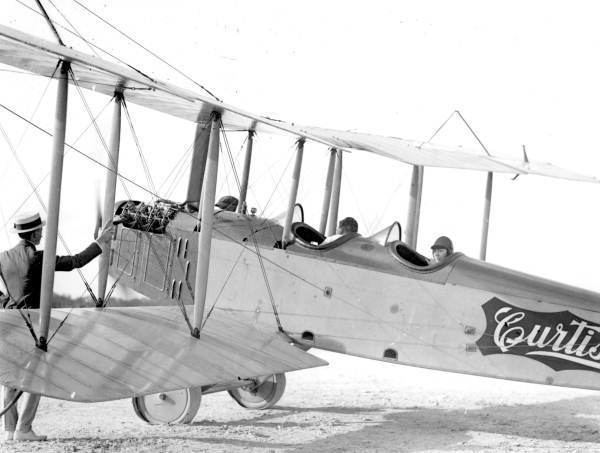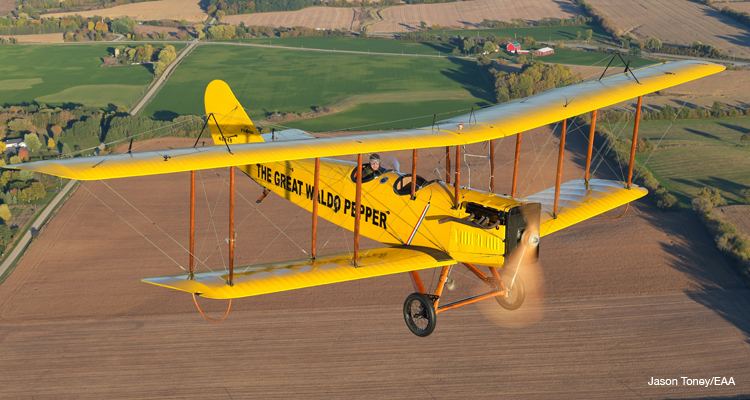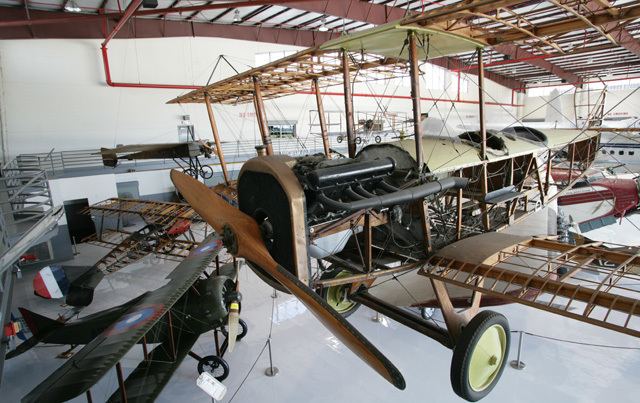Wingspan 13 m | ||
 | ||
Manufacturer | ||
American standard jazz bass demo fender
The Standard J was a two-seat basic trainer two-bay biplane produced in the United States from 1916 to 1918, powered by a four-cylinder inline Hall-Scott A-7a engine. It was constructed from wood with wire bracing and fabric covering. The J-1 was built as a stopgap to supplement the Curtiss JN-4 in production.
Contents
- American standard jazz bass demo fender
- Dumas standard j 1 full flight
- Development
- Operational history
- Variants
- War surplus conversions
- Operators
- Survivors
- Specifications SJ
- References

Dumas standard j 1 full flight
Development

Charles Healy Day had designed the preceding Sloan H series of aircraft, and continued the line under the Standard Aero Corporation (later Standard Aircraft Corporation). Four companies, Standard, Dayton-Wright, Fisher Body, and Wright-Martin, delivered 1,601 J-1s between June 1917 and June 1918. The Standard J-1 can be differentiated from the Curtiss JN series by its slightly swept-back wing planform, triangular king posts above the upper wings, and the front legs of the landing gear which were mounted behind the lower wing's leading edge, just about where the forward wing spar of the lower wing panel attaches to the fuselage.
Operational history

Although produced in large numbers, its four-cylinder Hall-Scott A-7a engine was unreliable and vibrated badly. While JN-4 production outnumbered J-1s by about two to one to June 1918, fatalities in JN-4s versus J-1s was about seven to one as a result of the limited use of the J-1s. Few later production J-1s left their delivery crates.

In June 1918, all Standard J-1s were grounded, although training remained intensive. Sufficient JN-4s were available to meet training needs, and at $2,000 per aircraft it was not cost-effective to convert them to use Curtiss OX-5 engines. Contracts for 2,600+ JS-1s were canceled, and those not used for ground instruction by the US Army were sold as surplus or scrapped. Curtiss, which produced its competitor (the Curtiss JN) bought surplus J-1s which they modified with different powerplants, for resale.

Many J-1s were flown by civilian flying schools, and for joy-riding and barnstorming operations, until they were worn out, or were forced into retirement by new air transport legislation in 1927 which banned passenger aircraft with wood structures due to a number of high-profile accidents.
Variants

War-surplus conversions

Operators
Survivors
Over a dozen J-1s are on display or being restored. Others projects are incomplete and awaiting restoration.

Specifications (SJ)
Data from The Standard Aero Corporation Model J Training Tractor
General characteristics
Performance
